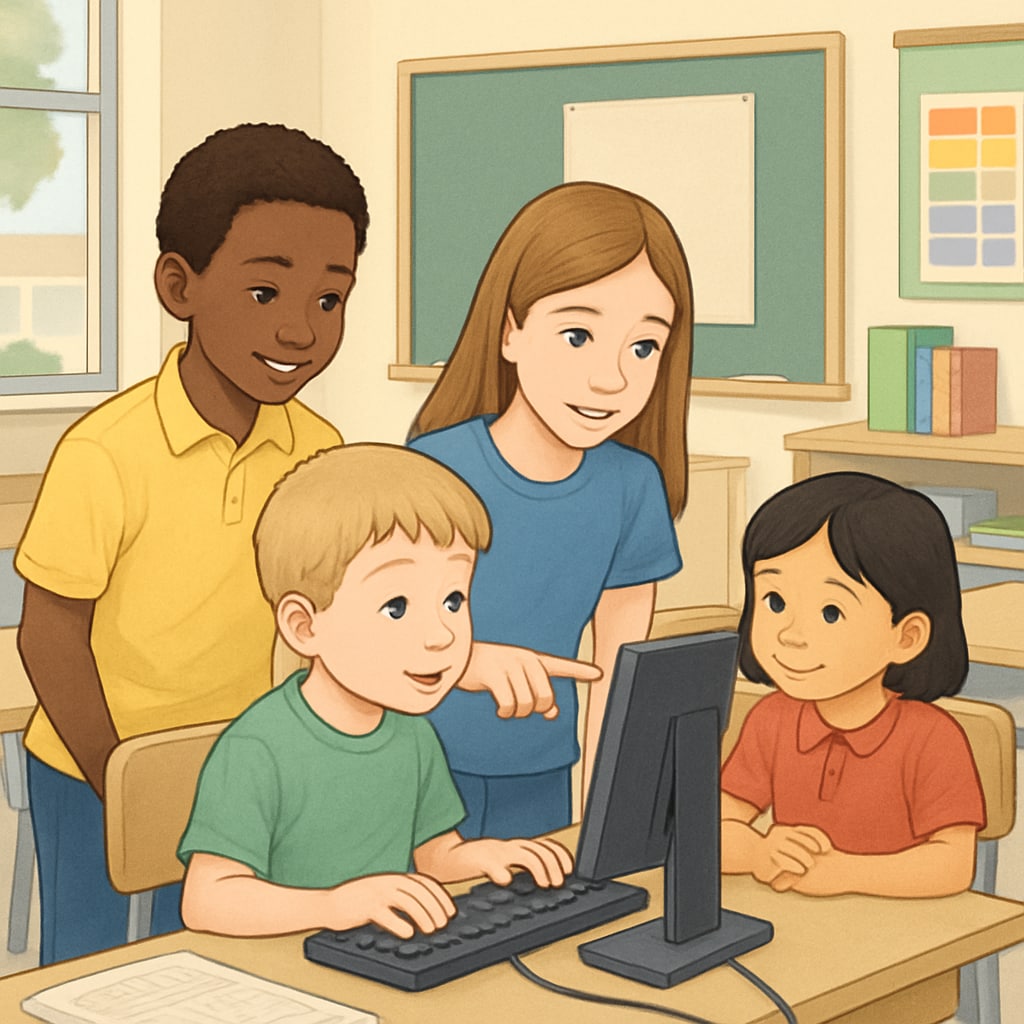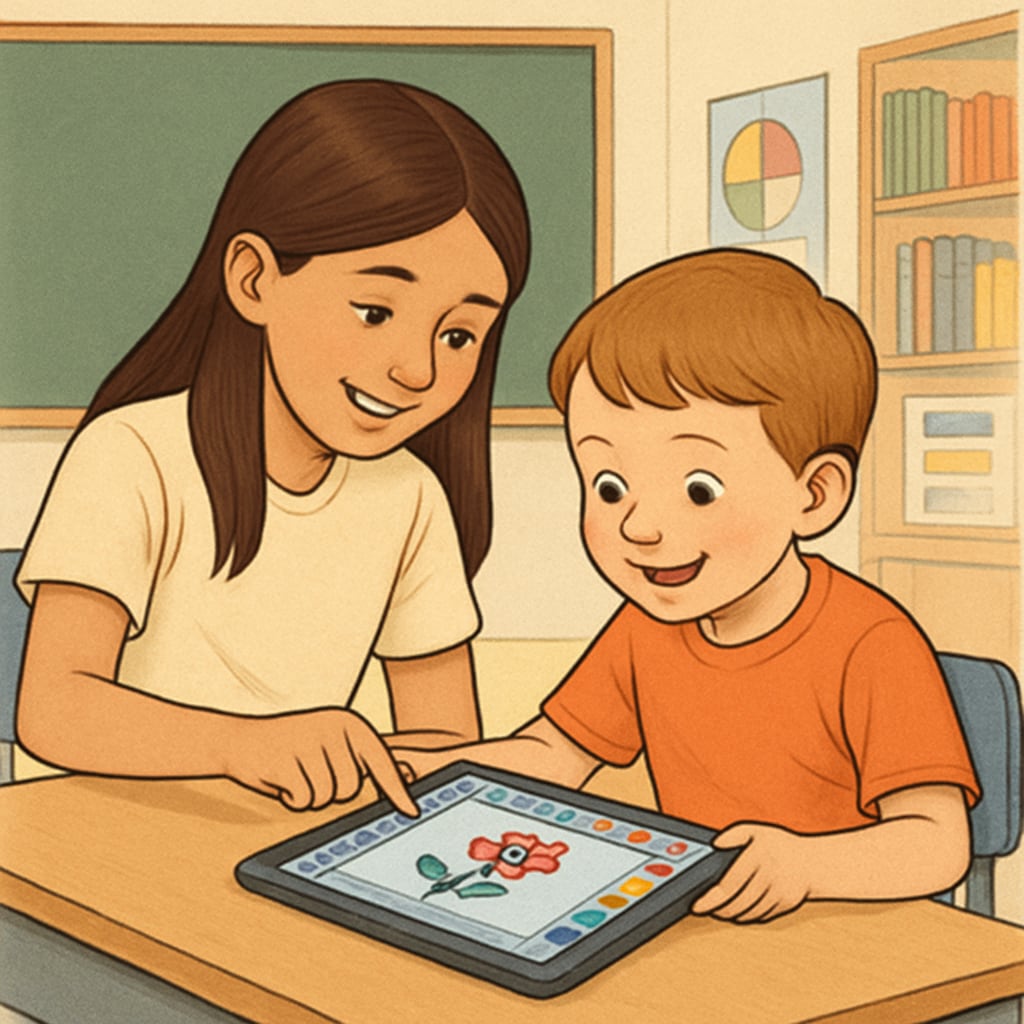Cross-age collaboration, such as kindergarten and fourth-grade partner projects, offers a unique opportunity to unite students across different developmental stages. By engaging in structured activities, including computer-based tasks, younger and older students can learn from each other while building valuable skills like teamwork, empathy, and problem-solving. This article explores the educational benefits of these partnerships and presents eight innovative ideas for educators to implement, with an emphasis on structured computer activities.
Why Cross-Age Collaboration Matters
Cross-age collaboration bridges the gap between developmental stages, offering mutual benefits for younger and older students. Kindergarteners gain mentorship from their older peers, while fourth graders develop leadership skills and empathy. These interactions foster a sense of community and mutual respect, encouraging both age groups to appreciate diverse perspectives. According to Wikipedia’s entry on cooperative learning, cross-age interactions can significantly enhance cognitive and social development.

Innovative Partner Project Ideas
Here are eight creative activities that educators can use to facilitate meaningful collaboration between kindergarten and fourth-grade students:
- Story Creation: Pair students to co-create a story. Kindergarteners provide imaginative ideas, while fourth graders help organize and write.
- Buddy Reading: Older students read aloud to younger ones, fostering literacy skills and building connections.
- Art Collaboration: Work together on a mural or craft project, encouraging creativity and teamwork.
- Gardening Projects: Share responsibilities in a school garden, teaching patience and environmental awareness.
- Structured Computer Activities: Use educational software to complete tasks together, enhancing digital literacy and problem-solving.
- Science Experiments: Perform simple experiments, with older students explaining concepts to their younger peers.
- Math Puzzles: Solve age-appropriate puzzles together, with fourth graders guiding their kindergarten partners.
- Physical Activities: Organize games or sports that require teamwork, promoting physical health and cooperation.
Implementing Structured Computer Activities
Structured computer activities provide an excellent platform for cross-age collaboration. Educational software and online tools can be tailored to suit both age groups. For example, kindergarteners can use basic drawing programs, while fourth graders help navigate and add complexity to the designs. Additionally, platforms like Scratch allow students to create simple animations together, fostering creativity and computational thinking.
When planning computer-based activities, educators should consider the following strategies:
- Clear Objectives: Define tasks that suit both age groups, ensuring engagement and skill-building.
- Pairing Guidelines: Match students based on complementary skills and personalities for effective collaboration.
- Technical Support: Provide guidance to ensure smooth operation and address technical challenges.
- Progress Monitoring: Track student achievements to identify areas of improvement and celebrate milestones.

Benefits of Computer-Based Partner Projects
Integrating technology into cross-age collaborations offers several advantages:
- Enhances digital literacy for both age groups.
- Promotes problem-solving and creative thinking.
- Encourages teamwork and communication through shared tasks.
- Prepares students for future academic and professional environments.
According to Britannica’s article on educational technology, technology-driven activities can significantly improve engagement and learning outcomes across age groups.
Conclusion
Cross-age collaboration through kindergarten and fourth-grade partner projects, especially structured computer activities, is a powerful approach to fostering mutual growth. By blending creativity, teamwork, and technology, these initiatives create an enriching environment that benefits all participants. Educators who implement such programs are not only enhancing academic skills but also nurturing empathy, leadership, and cooperation among students.


